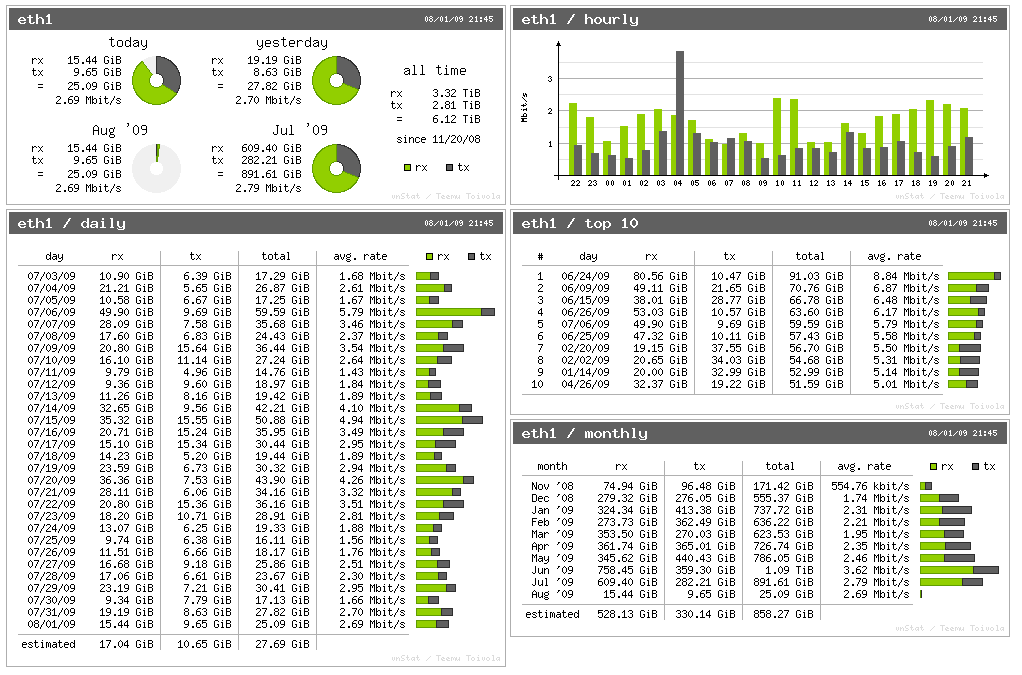
You can try those but I'm not sure if one of them really "wipes" the Dalvik Cache.
Play store app install slowly pro#
SystemCleanup and Titanium Backup PRO Key ★ root). Several apps offer options to cleanup the Dalvik Cache (e.g.
Play store app install slowly android#
The next reboot will take longer as usual, so don't worry: Android needs to rebuild the Dalvik Cache, that's completely normal behaviour. Go back to the main menu, and select Reboot.Go to the Advanced menu, select to Clear Dalvik Cache the same way with the Volume and Power keys and approve it.This way you easily clear the Application Cache as described above, all at once, without the need of an extra app. On the next screen, approve the action the same way. Using the Volume controls, select Wipe Cache and approve it using the power button.For CyanogenMod users it's most easy: Long-Press the power button, select "Reboot", select "Recovery") Boot into recovery mode (how to do this often depends on the device/ROM used.It should be equivalent with AmonRa Recovery. This example is based on the ClockworkMod Recovery, which is most widely spread. This is the most effective way and sure to really do the job. No negative side-effects are to be expected.

As a side effect, it will certainly speed-up things. So a cleanup of the Dalvik Cache most certainly will solve the situation. Rooted devices: Clear Application Cache and Dalvik CacheĮven more likely for the described case is a messed-up Dalvik Cache - especially if you tested a lot of apps, permanently installing/uninstalling different ones. One example for such an app is 1Tap Cleaner, which also can clean up several other histories like e.g.

But even if you cannot find it there, it cannot hurt to remove apps you once installed but no longer need (see e.g. Those apps usually can be identified via the "battery consumption" page in Settings. rooted and non-rooted devices: remove obsolete appsĬause of a slow-down might be some app, hogging all resources. So read on below examples until you hit something working for you, or continue to the very end for all options. The most likely candidates here are:Īs you might have guessed already, different solutions are available for rooted devices - but only few for non-rooted devices, which cannot directly access the Dalvik Cache. A behavour as described above in most cases indicates something's messed up in the system.


 0 kommentar(er)
0 kommentar(er)
